

We are one of the leading manufacturers, distributors, and suppliers of Dimethyl Cocamine in USA. Its CAS Number is 61788-93-0, and the chemical formula is Variable (mainly C₁₈H₃₉N).
Dimethyl Cocamine (also called as Coco Alkyldimethylamine, or Dimethylamine coconut-derived) is a fatty tertiary amine derived from coconut oil, typically comprising C12–C18 alkyl chains. It is commonly available in high purity grades such as Grade-Coco Alkyldimethyl Amine-98%. Also referred to as Dimethyl cocoalkylamine by speciality chemical suppliers and manufacturers This compound serves as a key intermediate in the production of quaternary ammonium compounds, surfactants, textile softeners, emulsifiers, corrosion inhibitors, and antistatic agents. C₁₈H₃₉N's molecular structure-characterized by a hydrophobic alkyl tail and a reactive dimethylamine head (R–N(CH₃)₂)-makes it particularly suitable for surfactant synthesis & chemical derivatization. Dimethyl Cocamine’s surface-active properties and compatibility with hydrophilic-lipophilic balance (HLB) requirements make it deeply valued universally in industrial formulations and personal care products, including emulsifying systems.


Dimethyl Cocamine (also called as Coco Alkyldimethylamine, or Dimethylamine coconut-derived) is a fatty tertiary amine derived from coconut oil, typically comprising C12–C18 alkyl chains. It is commonly available in high purity grades such as Grade-Coco Alkyldimethyl Amine-98%. Also referred to as Dimethyl cocoalkylamine by speciality chemical suppliers and manufacturers This compound serves as a key intermediate in the production of quaternary ammonium compounds, surfactants, textile softeners, emulsifiers, corrosion inhibitors, and antistatic agents. C₁₈H₃₉N's molecular structure-characterized by a hydrophobic alkyl tail and a reactive dimethylamine head (R–N(CH₃)₂)-makes it particularly suitable for surfactant synthesis & chemical derivatization. Dimethyl Cocamine’s surface-active properties and compatibility with hydrophilic-lipophilic balance (HLB) requirements make it deeply valued universally in industrial formulations and personal care products, including emulsifying systems.

.3d8f8f41.svg)
Industrial Chemicals
.3556d45a.svg)

Surfactants & Emulsifiers


Fatty Amines
.7767eb0f.png)

Chemical Properties & Specifications
Intermediate for quaternary ammonium compounds (e.g., quats, esterquats)
Base amine for producing cationic softeners
Used in oilfield and metal treatment formulations
Active component in coatings and textile chemicals
Precursor for alkylamine ethoxylates and emulsifying agents
Sourced from coconut oil, promoting bio-based chemistry
Easily converted to surfactants via methylation or ethoxylation
Suitable for high-temperature emulsification systems
Simplifies handling and blending in formulations
Soluble in ethanol, isopropanol, glycol ethers

CAS No. : 1309-64-4
Category : Synergists & Smoke Suppressants
Sub-Category : Antimony-based synergists
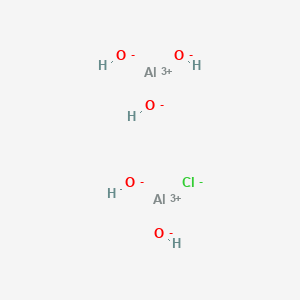
CAS No. : 1327-41-9
Category : Inorganic Chemicals
Sub-Category : Metal-Based Coagulants
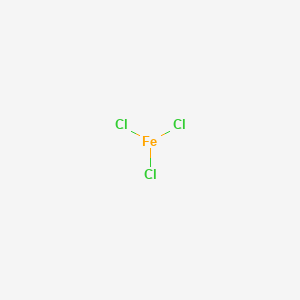
CAS No. : 7705-08-0
Category : Inorganic Chemicals
Sub-Category : Metal-Based Coagulants
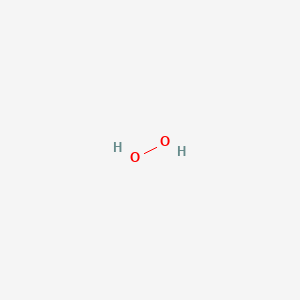
CAS No. : 7722-84-1
Category : Inorganic Chemicals
Sub-Category : Peroxides & Oxidizing Agents
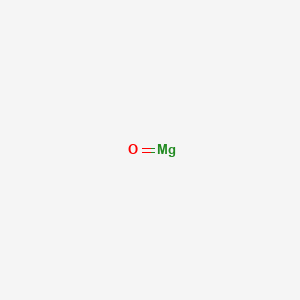
CAS No. : 1309-48-4
Category : Inorganic Chemicals
Sub-Category : Active Pharmaceutical Ingredients (APIs)

CAS No. : 13463-67-7
Category : Pigments & Colorants
Sub-Category : Inorganic Pigments
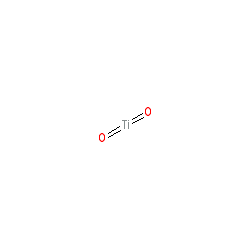
CAS No. : 13463-67-7
Category : Pigments & Colorants
Sub-Category : Inorganic Pigments

CAS No. : 13463-67-7
Category : Pigments & Colorants
Sub-Category : Inorganic Pigments
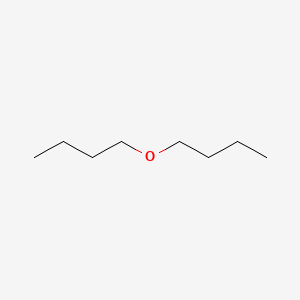
CAS No. : 142-96-1
Category : Solvents & Carriers
Sub-Category : Ethers & Ether-Based Solvents
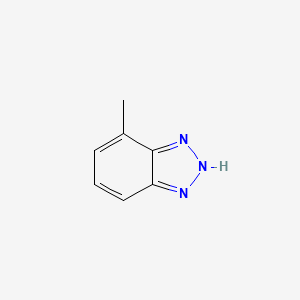
CAS No. : 29385-43-1
Category : Specialty Polymers & Additives
Sub-Category : Corrosion Inhibitor Additives

CAS No. : 25322-69-4
Category : Specialty Polymers & Additives
Sub-Category : Polyether Polyols
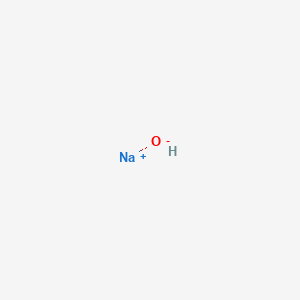
CAS No. : 1310-73-2
Category : Inorganic Chemicals
Sub-Category : Alkalis & Bases
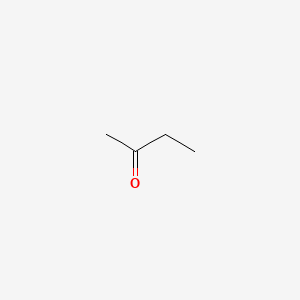
CAS No. : 78-93-3
Category : Base Chemicals & Intermediates
Sub-Category : Ketones & Solvents
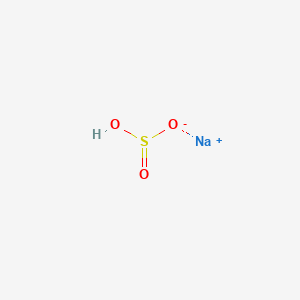
CAS No. : 7631-90-5
Category : Inorganic Chemicals
Sub-Category : Sulfur-Based Compounds
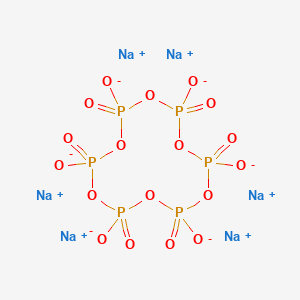
CAS No. : 10124-56-8
Category : Inorganic Chemicals
Sub-Category : Phosphate Compounds

CAS No. : 5329-14-6
Category : Inorganic Chemicals
Sub-Category : Acid Derivatives

CAS No. : 100-44-7
Category : Organic Intermediates
Sub-Category : Chlorinated Aromatic Compounds
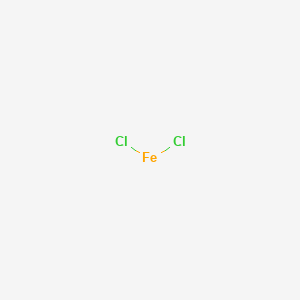
CAS No. : 7758-94-3
Category : Inorganic Chemicals
Sub-Category : Metal Halides

CAS No. : 1314-13-2
Category : Inorganic Chemicals
Sub-Category : N/A
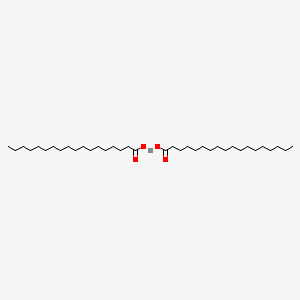
CAS No. : 136-53-8
Category : Inorganic Chemicals
Sub-Category : Metal Carboxylates
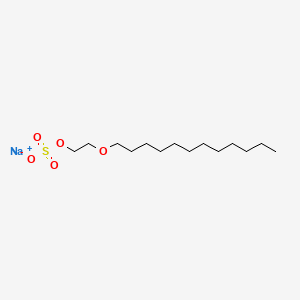
CAS No. : 9004-82-4
Category : Surfactants
Sub-Category : Anionic (Ether sulfates)
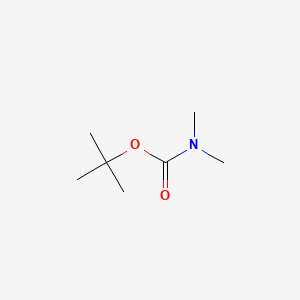
CAS No. : 61788-93-0
Category : Surfactants & Emulsifiers
Sub-Category : Fatty Amines
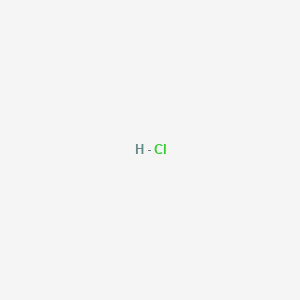
CAS No. : 7647-01-0
Category : Inorganic Acids
Sub-Category : Mineral Acids
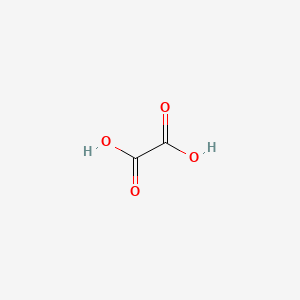
CAS No. : 144-62-7
Category : Organic Acid Derivatives
Sub-Category : Dicarboxylic Acids

CAS No. : 17465-11-3
Category : Organic Intermediates
Sub-Category : Aromatic Sulfonates

CAS No. : 7704-34-9
Category : Inorganic Chemicals
Sub-Category : Sulfur & Derivatives

CAS No. : 77-92-9
Category : Food Ingredients
Sub-Category : Flavor Enhancers

CAS No. : 7631-90-5
Category : Inorganic Chemicals
Sub-Category : Sulfur-Based Compounds

CAS No. : 10124-56-8
Category : Inorganic Chemicals
Sub-Category : Phosphate Compounds

CAS No. : 9005-65-6
Category : Surfactants & Emulsifiers
Sub-Category : N/A
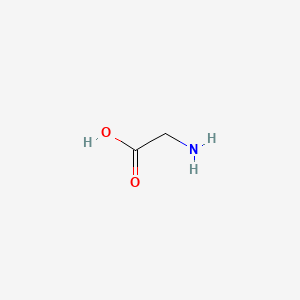
CAS No. : 56-40-6
Category : Nutraceutical Ingredients
Sub-Category : Amino Acids & Proteins
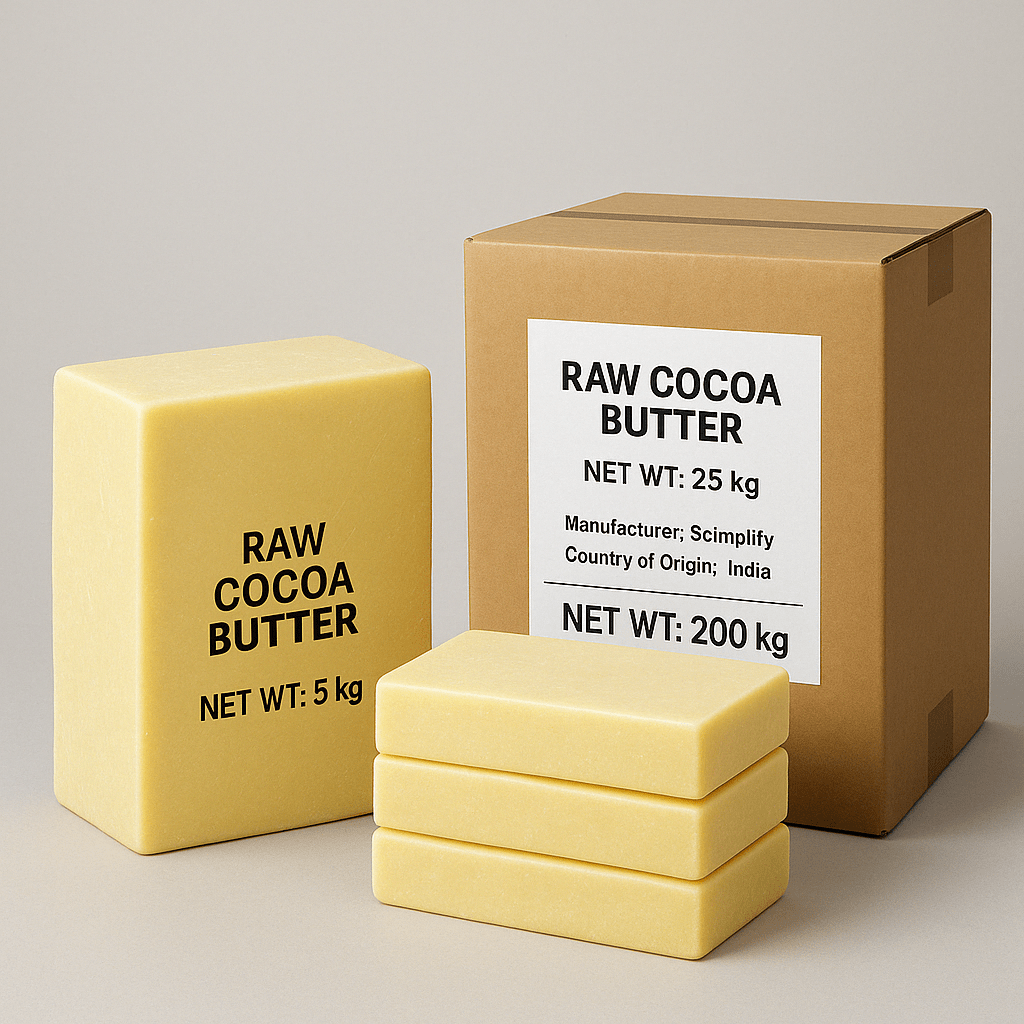
CAS No. : 8002-31-1
Category : Food Ingredients
Sub-Category : Cocoa & Chocolate Derivatives
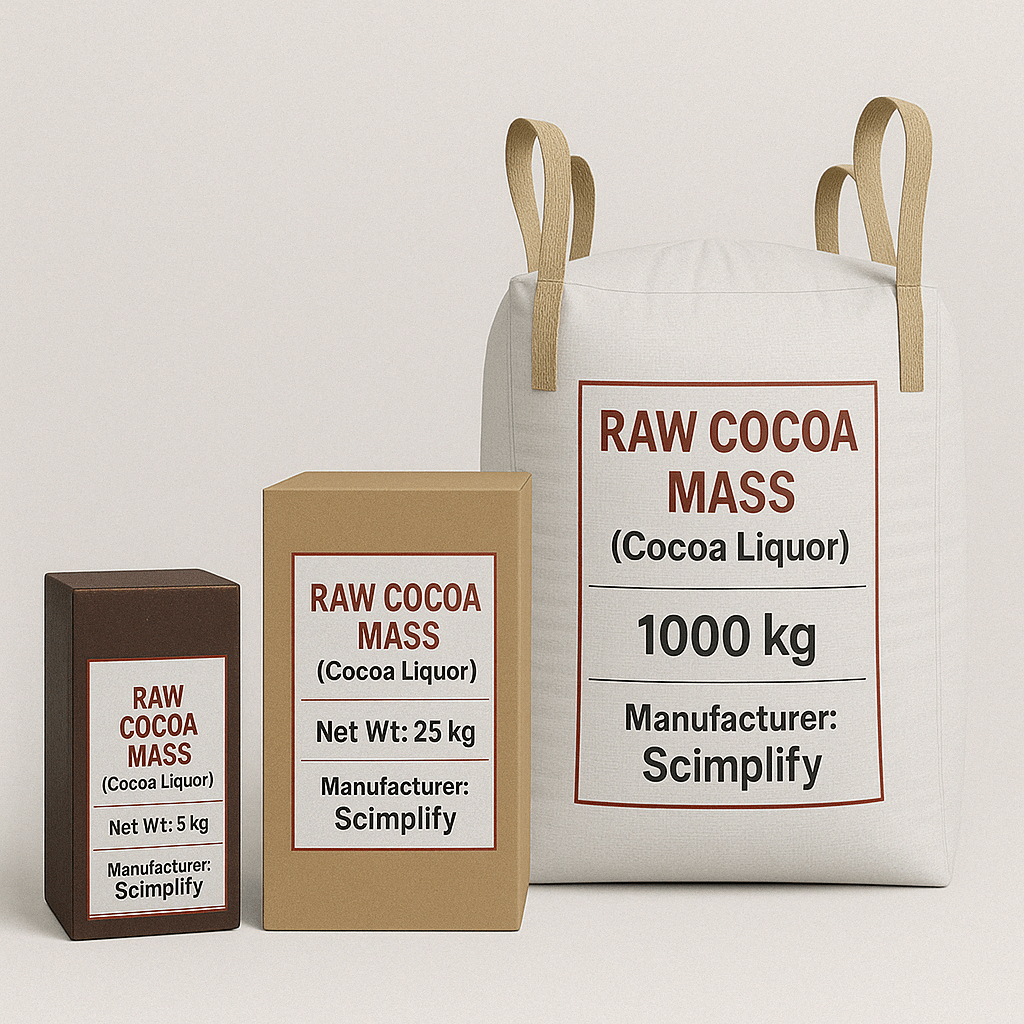
CAS No. : 84649-99-0
Category : Food Ingredients
Sub-Category : Cocoa & Chocolate Derivatives
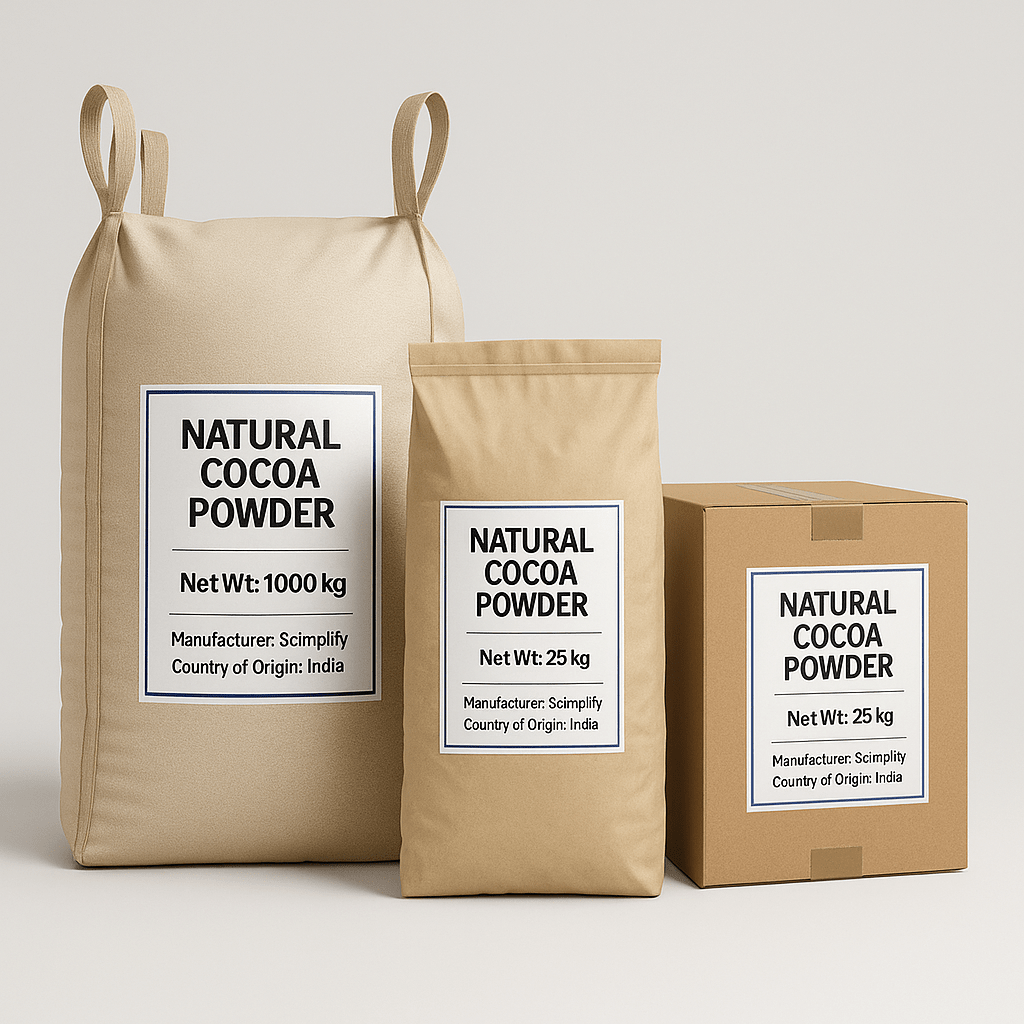
CAS No. : 84649-99-0
Category : Food Ingredients
Sub-Category : Cocoa & Chocolate Derivatives
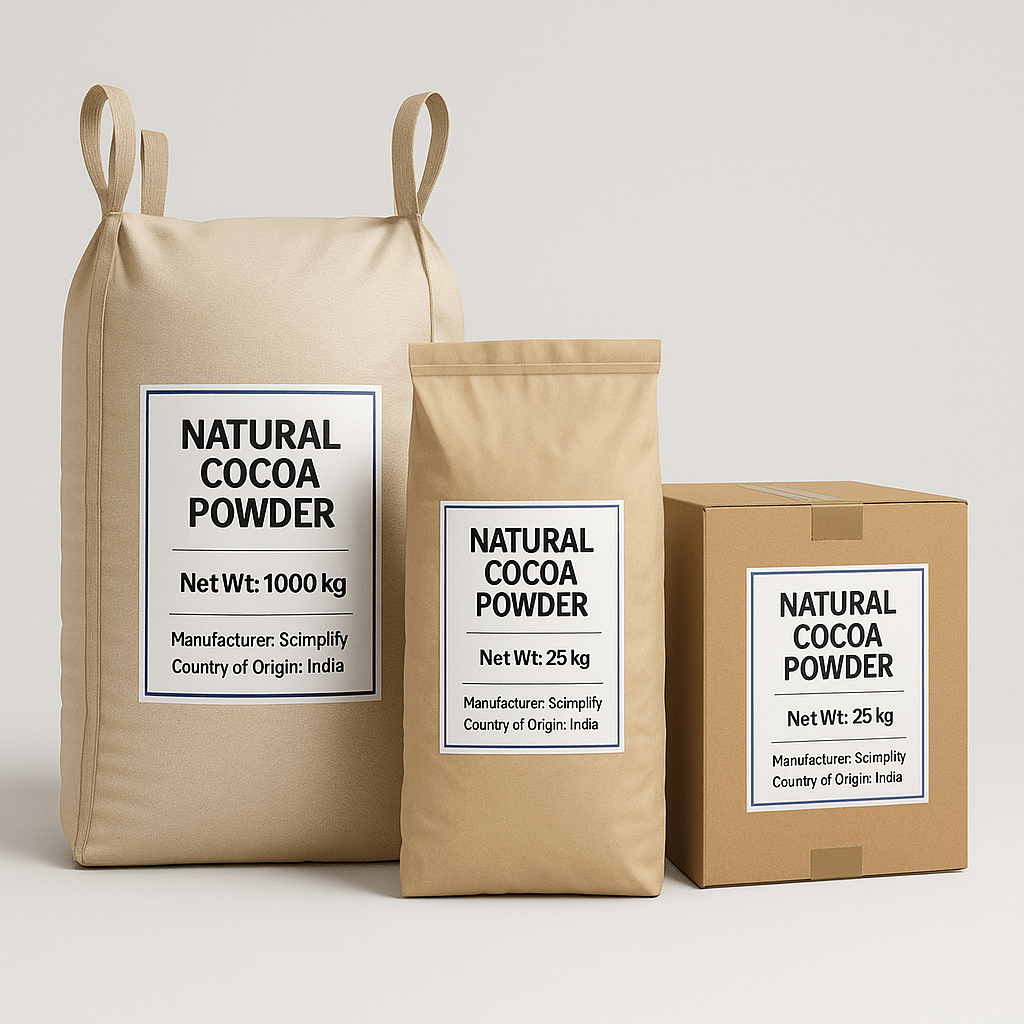
CAS No. : 84649-99-0
Category : Food Ingredients
Sub-Category : Cocoa & Chocolate Derivatives

CAS No. : 36306-87-3
Category : Fragrance Ingredients
Sub-Category : Ionones & Ketones

CAS No. : 16409-43-1
Category : Fragrance Ingredients
Sub-Category : Aroma Compounds

CAS No. : 56011-02-0
Category : Fragrance Ingredients
Sub-Category : Aliphatic Aromatic Ethers
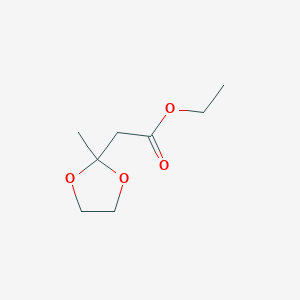
CAS No. : 6413-10-1
Category : Fragrance Ingredients
Sub-Category : Ketal Fruit Esters

CAS No. : 5182-36-5
Category : Fragrance Ingredients
Sub-Category : Aroma Chemicals
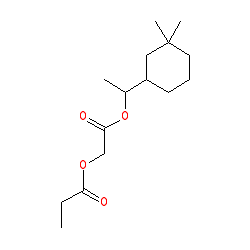
CAS No. : 236391-76-7
Category : Fragrance Ingredients
Sub-Category : Polycyclic Synthetic Musks

CAS No. : 236391-76-7
Category : Fragrance Ingredients
Sub-Category : Polycyclic Synthetic Musks

CAS No. : 119-36-8
Category : Fragrance Ingredients
Sub-Category : Aromatic Esters